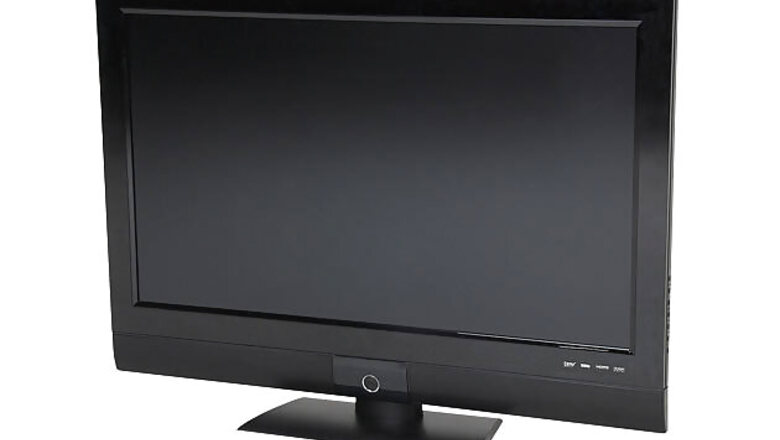
views
London: Despite the allure of modern-day plasma, flat screen and high-definition TVs, more than 13,000 British householders still choose to have black and white sets, according to a report. Almost half a century after colour programmes were first beamed into British homes, people are still paying 49 pounds a year for a licence to watch in monochrome, the 'Daily Mail' reported.
The number of people with black and white licences - which are nearly 100 pounds cheaper than the colour equivalent - has declined from 212,000 at the turn of the century to fewer than 50,000 in 2006. Last week that number had fallen to 13,202, but officials said the figure was still "remarkable".
A spokesman for TV Licensing, the body that the BBC contracts to collect the fee, said the figure was "remarkable" in the digital-only era. Over 2,700 monochrone licences are held in London, 574 in Birmingham, 413 in Manchester, and 256 in Glasgow.
Iain Logie Baird, assistant curator at the National Media Museum in Bradford - and grandson of the inventor of television, John Logie Baird - said the black and white television has an enduring appeal. "There is a subsidy for people who still have black and white sets to keep using them, but there is a sense of nostalgia as well," he said.
"The National Media Museum has hundreds of black and white television sets in its collection and I'm not surprised that people are still using them. The cabinets on many of these are 'retro' in their design, making them conversation pieces even when they aren't switched on. It's a bit like owning an antique car," he added.
"But perhaps most importantly, the television set has acted as a family gathering place in the home for decades now, well entrenched in our culture, and for a few who appreciate this fact, the old set can still hold a deep sentimental value," Baird said.
"Although 13,202 monochrome licences may sound a lot, it's now a tiny percentage of the 25 million licensed viewers in the UK. "The numbers of black and white TV sets in regular use has fallen dramatically over the last few years, hastened by the fact that it's now almost impossible to replace them and by the need to buy a suitable set top box to continue to use them after digital switchover. There will always be a small number of users who prefer monochrome images, don't want to throw away a working piece of technology or collect old TV sets," Television and radio technology historian John Trenouth said.




















Comments
0 comment